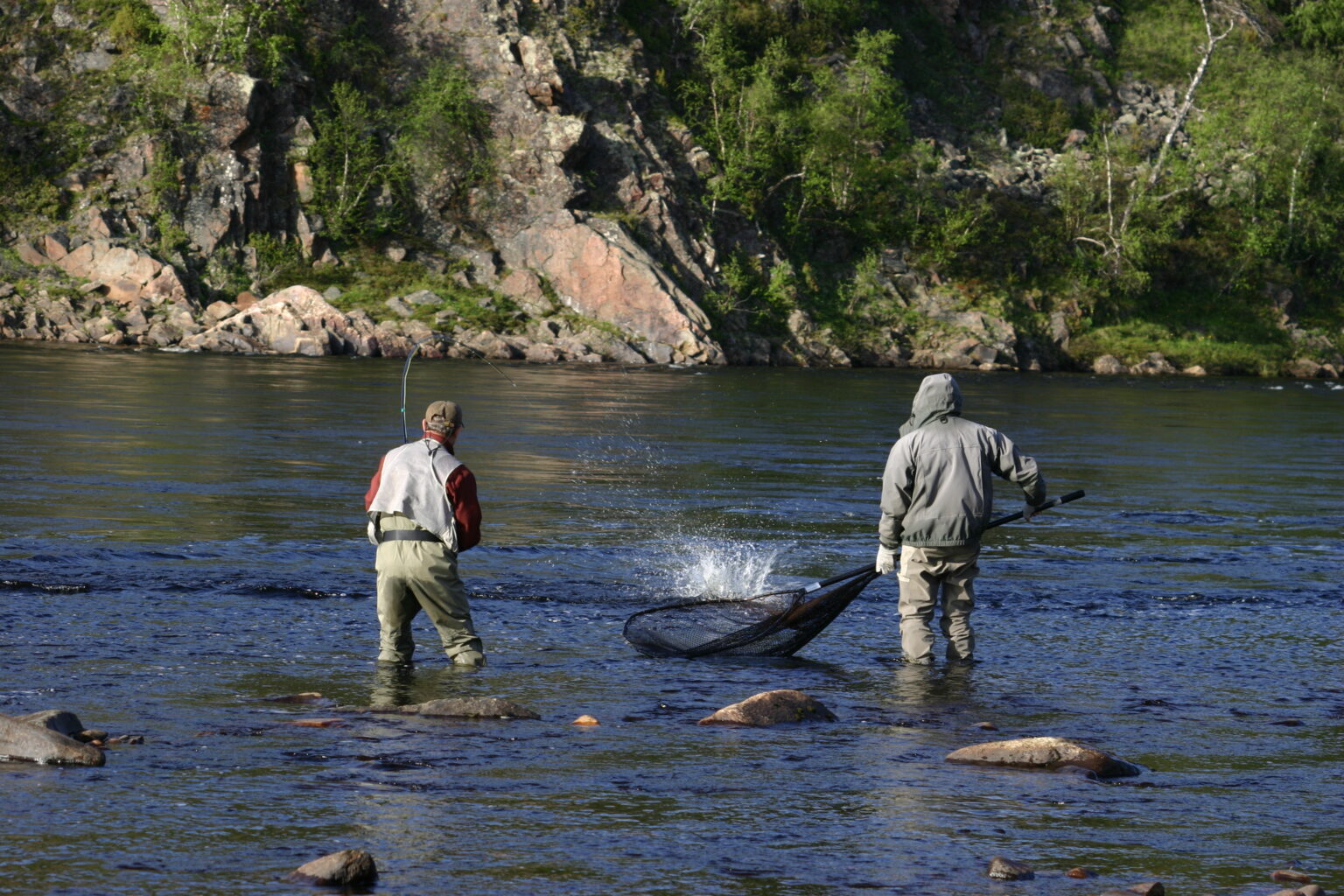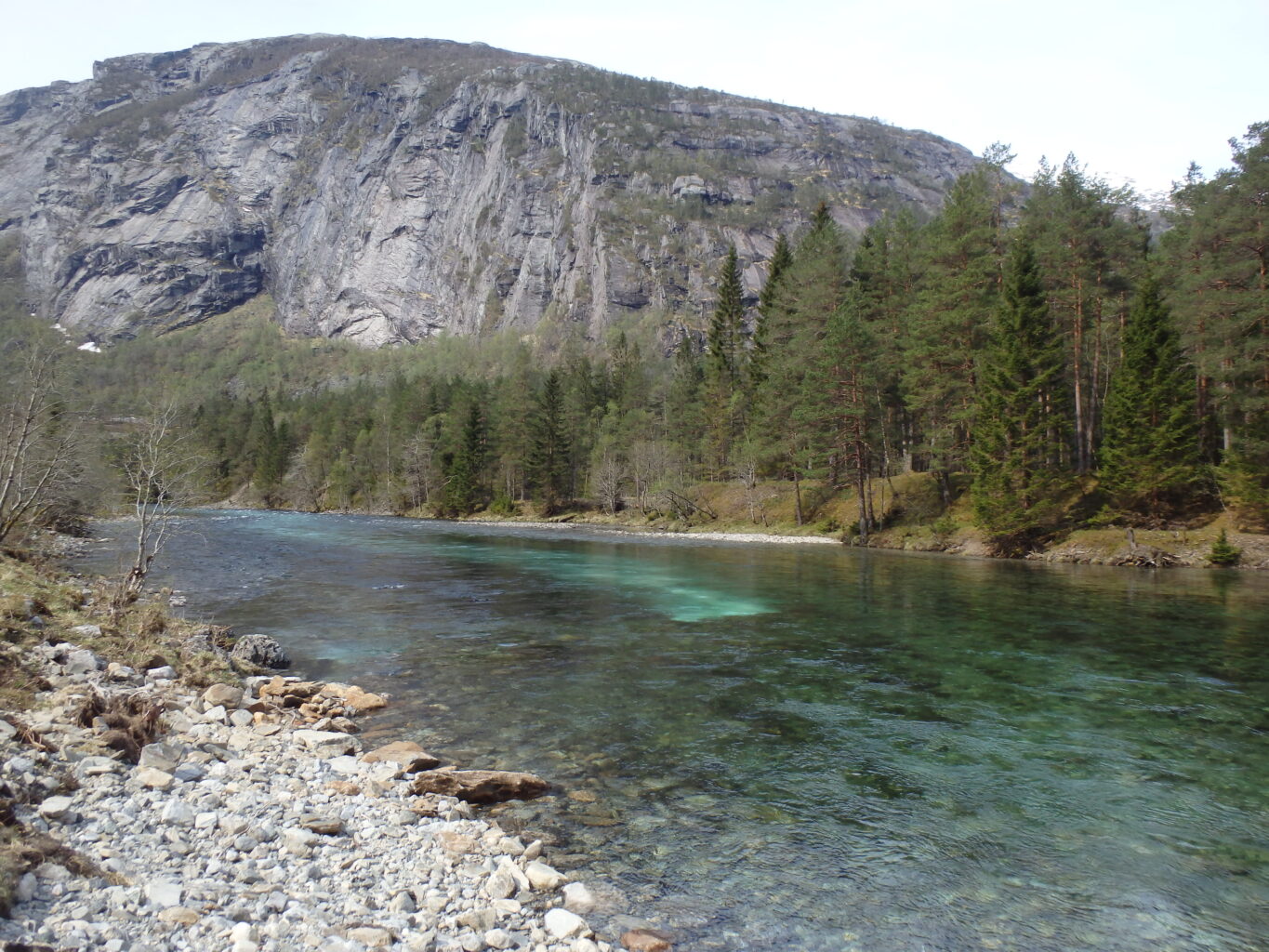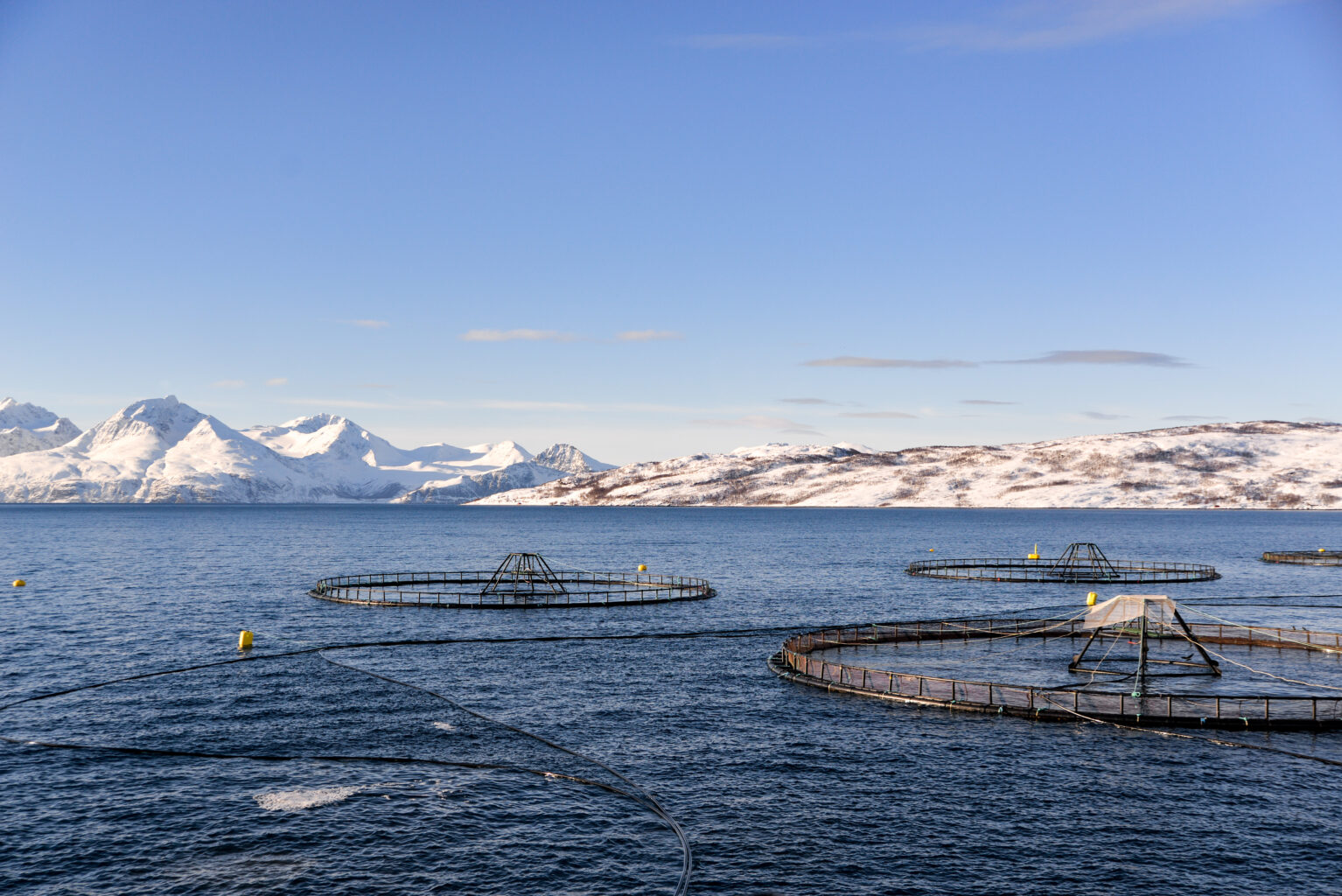Precautionary Approach
Precautionary Approach
In 1998, NASCO and its Parties agreed to adopt and apply a Precautionary Approach to the conservation, management and exploitation of salmon in order to protect the resource and preserve the environments in which it lives.
The Precautionary Approach requires that more caution is exercised when information is uncertain, unreliable or inadequate. The absence of adequate scientific information should not be used as a reason for postponing conservation and management measures. The Precautionary Approach requires, among other things:
- consideration of the needs of future generations;
- avoidance of changes that are not potentially reversible;
- prior identification of undesirable outcomes;
- initiation of corrective measures without delay;
- priority to be given to conserving the productive capacity of the resource; and
- appropriate placement of the burden of proof.
NASCO has developed Precautionary Approach agreements in relation to the following three key theme areas:
- management of salmon fisheries;
- habitat protection and restoration; and
- aquaculture, introductions and transfers and transgenics.
Resolutions, Agreements and Guidelines
- Management of Salmon Fisheries (CNL(09)43);
- Best Management Practices to Address Impacts of Sea Lice and Escaped Farmed Salmon on Wild Salmon Stocks (SLG(09)5);
- Use of Stock Rebuilding Programmes in the Context of the Precautionary Management of Salmon Stocks (CNL(04)55);
- Incorporating Social and Economic Factors in Decisions under the Precautionary Approach (CNL(04)57);
- Plan of Action of the Precautionary Approach to the Protection, Restoration and Enhancement of Atlantic Salmon Habitat (CNL(01)51);
- Agreement on Adoption of a Precautionary Approach (CNL(98)46).
Progress in implementing these Resolutions, Agreements and Guidelines is assessed through the review of Implementation Plans and Annual Progress Reports.



